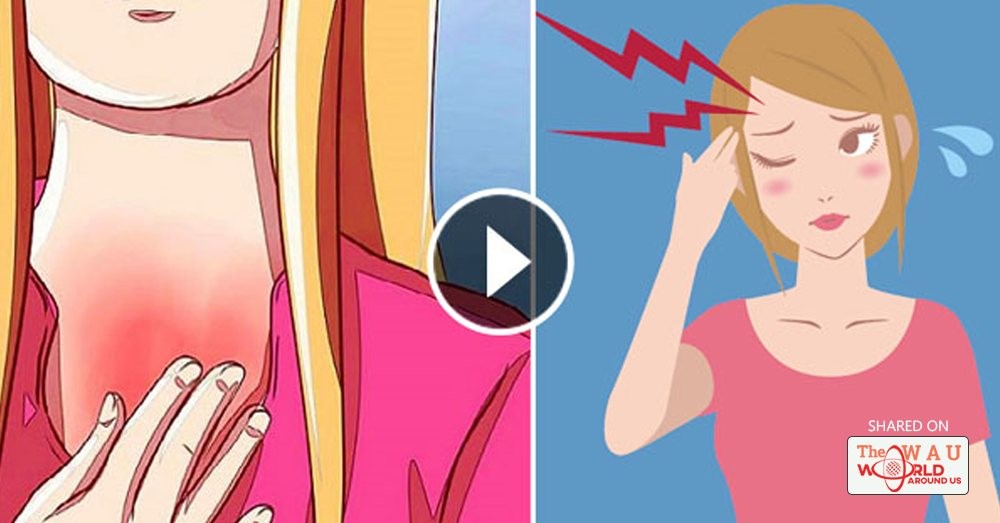Stroke does not strike only men, the National Stroke Association reported that over 55,000 more women than men die from stroke every year. This makes it the 3rd highest cause of death among women.
This can be quite an alarming statistics, regarding the fact that compared to women, men consume more alcohol, lead more unhealthy lifestyles, like smoking, and yet, women are more susceptible to stroke.
What is the exact reason for the increasing rate of strokes in women? This high risk cannot be completely explained, but it is partially due to the fact that women live longer than men, and stroke mortality is increased with age.
However, you need to understand the reasons and the symptoms of stroke in order to be able to help yourself.
Namely, a stroke occurs when the brain cannot receive oxygen and nutrients from blood because of a clot or blockage in the vein that reaches the brain. The lack of oxygen and blood results in the cells in the brain dying.
There are a few different types of strokes depending on the cause. If there is a clot, it’s referred to as ischemic stroke. If a blood vessel ruptures, this is called hemorrhagic stroke, and a transient ischemic attack (TIA) – or a mini stroke – is caused by a temporary clot.
Mini-strokes usually clear up on their own, but they are an alarm which predicts a more serious situation to come. If you ignore it, it may become a difference of life or death. It can last from several moments, to up to a day, but in all cases, remember to seek a medical help.
Most women are not even aware of the fact that they are experiencing a mini-stroke, hence, it is of high importance to learn the symptoms that can help you prevent long-term effects.
Note that all of these signs are extremely serious and should not be ignored, instead, you must immediately call 911.
These are the typical risk factors for stroke for both sexes:
- Cardiovascular disease
- High levels cholesterol
- High blood pressure
- Excess body weight
- Lack of exercise
- Drug use, as well as cigarette smoking
- Diabetes
However, in the case of women, there are also some risk factors which elevate their risk of stroke, such as:
- Being pregnant
- Mental health
- Hormone Replacement Therapy (HRT)
- Taking birth control pills
- Migraines accompanied by auras
These factors raise the risk of stroke in women, and some of them do not apply to men. Sex-specific risk factors: pregnancy, preclampsia, gestational diabetes, oral contraceptive use, postmenopausal hormone use, changes in hormonal status
Risk factors stronger or more prevalent in women: migraine with aura, atrial fibrillation, diabetes mellitus, hypertension, depression, psychosocial stress
Risk factors with equal prevalence in men and women but unknown difference in impact: physical inactivity, age, prior cardiovascular disease, obesity, diet, smoking, metabolic syndrome.
Symptoms of Stroke in Women
The most common symptoms of stroke that apply to both men and women such as:
- Numbness
- Confusion
- Trouble with vision
- Weakness and dizziness
- Headaches by known cause.
Women, on the other hand, may experience unique symptoms, so knowing these signs of stroke in women can help save a life. Be on the lookout for these:
- Fainting
- Shortness of breath
- Beavioral changes
- Agitation
- Hallucination
- Nausea or vomiting
- Pain
- Seizures
- Hiccups.
Additionally, if you want to spot a stroke remember to think FAST. FAST is an easy acronym the American Heart Association and American Stroke Association developed to know the signs and spot a stroke when it begins. It relates to:
F – Face drooping
A – Arm Weakness
S – Speech Difficulty
T – Time to call 911.
...[ Continue to next page ]
Share This Post















